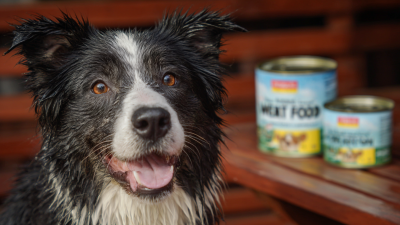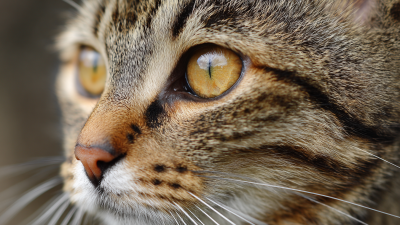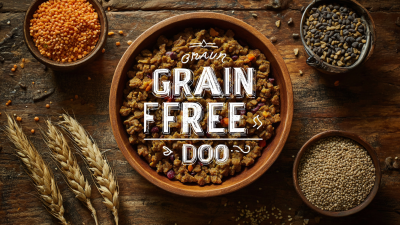As pet owners increasingly focus on enhancing their pets' well-being, understanding the impact of nutrition becomes paramount. Wet food has gained significant attention in recent years due to its numerous health benefits compared to dry food. According to a report from the Pet Food Institute, 75% of pet owners believe that proper nutrition plays a crucial role in their pets' quality of life. Additionally, studies show that wet food can improve hydration levels and support urinary health, with nearly 60% of veterinarians recommending it for dogs and cats prone to urinary issues. Furthermore, the Association of American Feed Control Officials emphasizes that wet food can provide higher protein content and essential nutrients necessary for optimal growth and maintenance. By leveraging the benefits of wet food, pet owners can take a proactive step towards ensuring a healthier and happier life for their furry companions.
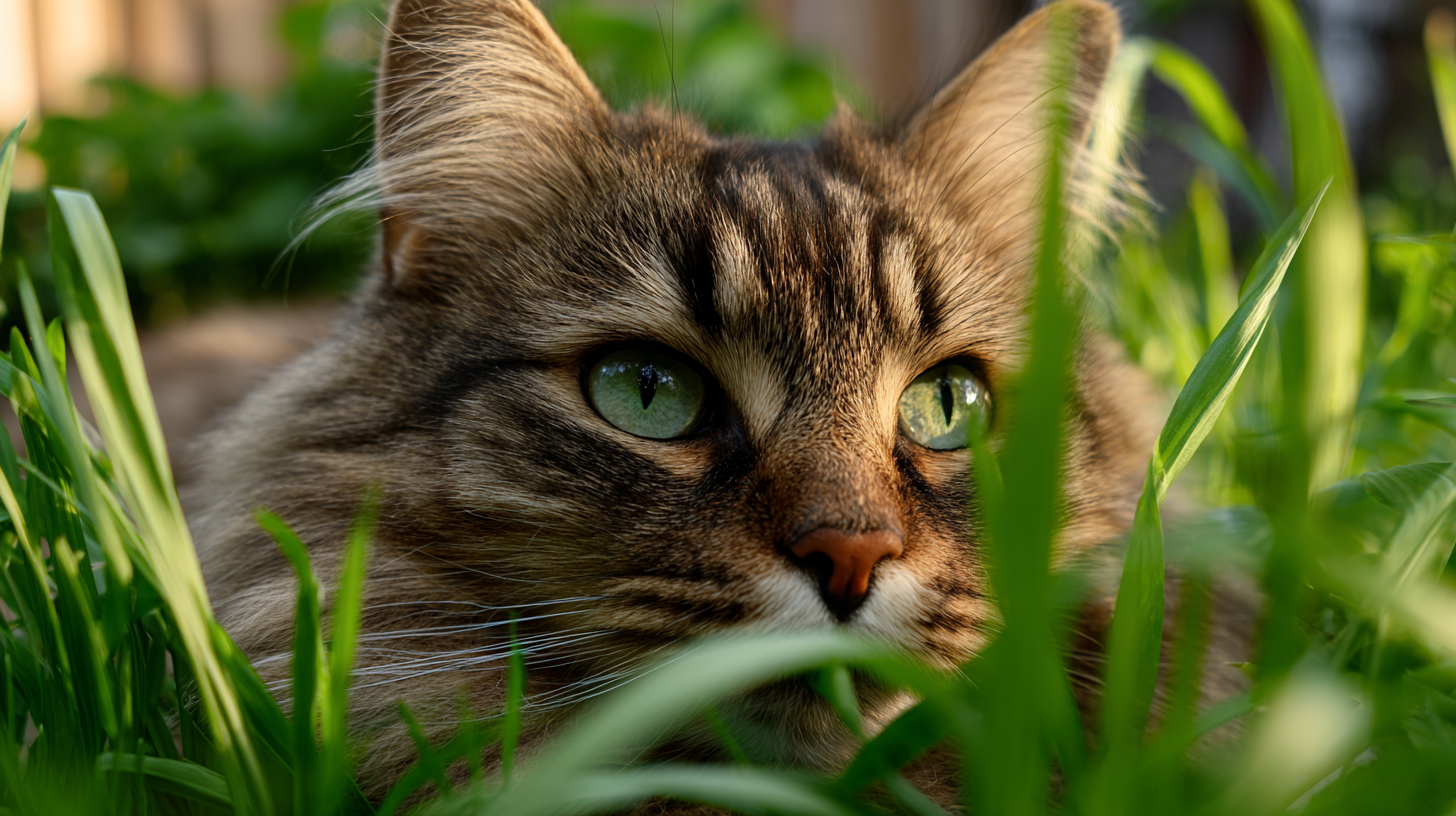
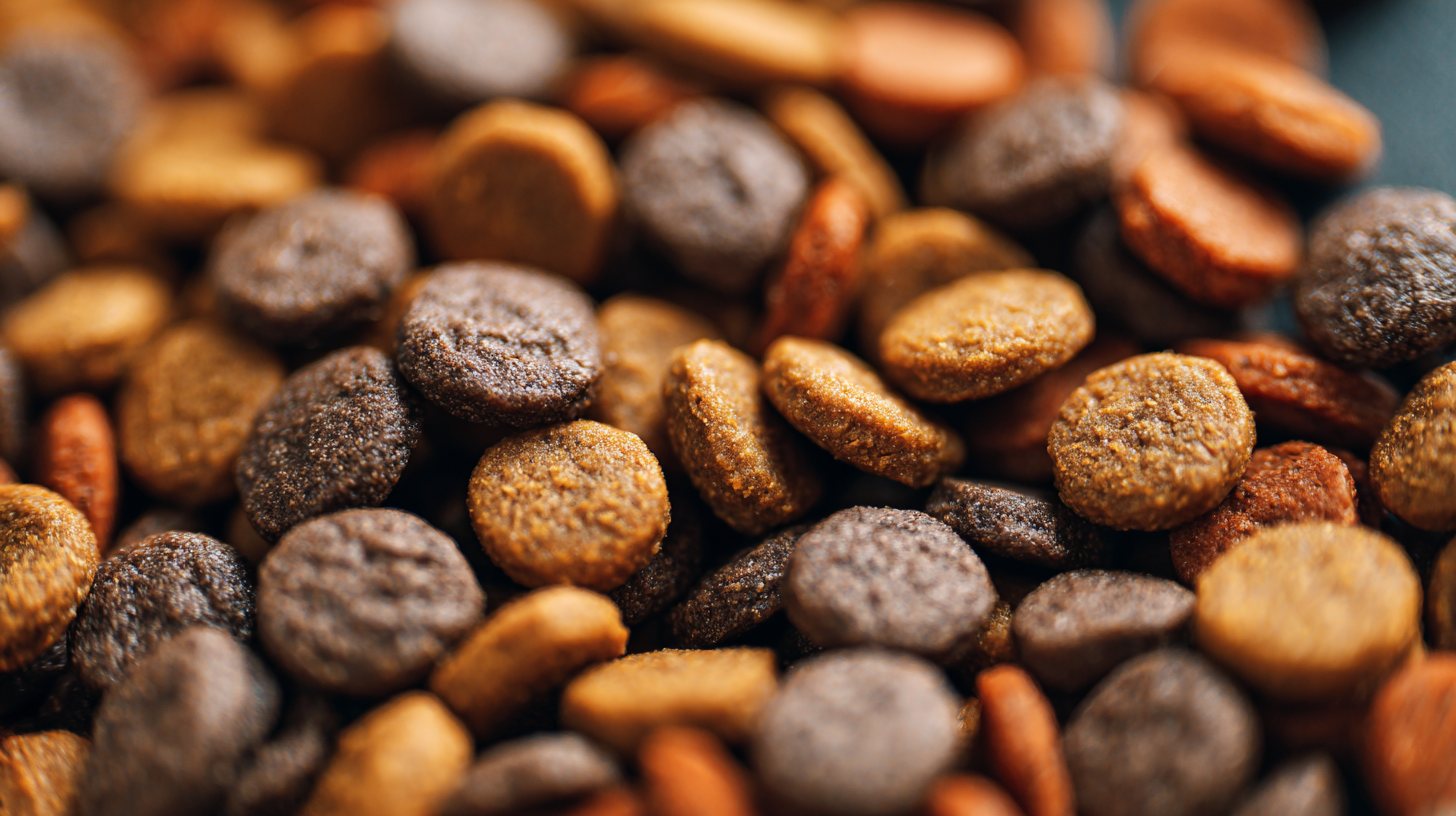 Wet food offers a wealth of benefits for pet nutrition that can significantly enhance your furry friend’s health and well-being. One of the most notable advantages is its high moisture content, which can aid in hydration, especially for pets that may not consume enough water daily. This is particularly beneficial for cats and dogs prone to urinary tract issues, as increased water intake helps dilute urine and reduces the risk of kidney stones or other complications.
Wet food offers a wealth of benefits for pet nutrition that can significantly enhance your furry friend’s health and well-being. One of the most notable advantages is its high moisture content, which can aid in hydration, especially for pets that may not consume enough water daily. This is particularly beneficial for cats and dogs prone to urinary tract issues, as increased water intake helps dilute urine and reduces the risk of kidney stones or other complications.
Moreover, wet food is typically more palatable and easier to digest than dry kibble, making it an excellent option for picky eaters or pets with dental concerns. The soft texture of wet food can encourage older pets or those recovering from illness to eat more willingly, ensuring they receive the necessary nutrients for recovery and vitality. Additionally, many brands focus on high-quality ingredients with a balanced nutritional profile, providing essential proteins, fats, vitamins, and minerals. Transitioning to wet food can be a simple yet impactful way to optimize your pet's diet and enhance their overall health.
When optimizing your pet's nutrition with wet food, it’s crucial to focus on the key nutritional components that ensure a balanced diet. According to the Association of American Feed Control Officials (AAFCO), wet pet food should contain adequate levels of protein, fat, and essential vitamins and minerals. Protein sources like real meat or fish should be listed among the first ingredients, as they are vital for muscle maintenance and energy. The ideal protein content for dogs ranges around 18-25% and for cats, it’s typically between 30-40%, showcasing the importance of species-specific requirements.
Moreover, wet food can provide a significant moisture content, which is essential for pets that may not drink enough water. A study published in the Journal of Animal Science indicated that pets consuming wet food had improved hydration levels, which positively impacted kidney health and overall wellness. Additionally, it’s important to look for additives such as omega-3 and omega-6 fatty acids, known for their benefits in skin and coat health. By ensuring these key components are present in your pet’s diet, you can help foster a healthier, happier life.
When it comes to optimizing your pet's nutrition, choosing the right wet food can make a significant difference in their overall health and well-being. Veterinarians often recommend specific brands that excel in quality ingredients and nutritional value. Here are the top five wet food brands that have received high praise from professionals in the field: Hill's Science Diet, Royal Canin, Wellness, Blue Buffalo, and Nutro. Each of these brands offers a variety of formulas tailored to meet the needs of different pets, whether they require specific dietary solutions or simply benefit from richer nutrition.
Tips for choosing wet food for your pet include checking the ingredient list for high-quality protein sources as the first ingredient. Additionally, look for products without artificial preservatives or fillers, which can be harmful in the long run. It's also important to consider your pet's unique health requirements; for instance, senior pets may benefit from lower-calorie options while puppies might need a more calorie-dense diet for growth.
Remember to introduce new wet food gradually to avoid digestive upset. Mixing the new food with their current diet over a week can help ease the transition. Furthermore, keep an eye on your pet's weight and activity level to ensure the wet food portion sizes are appropriate, promoting a balanced lifestyle for your furry friend.
Transitioning your pet to a wet food diet can offer numerous health benefits, but it requires a thoughtful approach to ensure your pet adapts smoothly. Start by gradually introducing the new food; mix a small amount of wet food with their current dry food. Over a week or two, gradually increase the percentage of wet food while decreasing the dry food. This slow transition helps prevent digestive upset and allows your pet to get accustomed to the new texture and flavor.
Monitor your pet’s response during the transition period. Watch for any signs of discomfort or allergies, such as changes in appetite, vomiting, or diarrhea. If any issues arise, consider adjusting the transition pace or consulting your veterinarian for guidance. Offering the wet food at room temperature can also enhance its aroma and encourage your pet to eat. Positive reinforcement, such as praise or a small treat, can create a positive association with the new food, making the switch more enjoyable for your furry friend.
Wet food plays a significant role in managing various pet health conditions, making it a vital choice for pet owners focused on nutrition. The high moisture content in wet food is particularly beneficial for pets with urinary tract issues, as it helps increase hydration and dilute urine. Additionally, these foods are often more palatable, appealing to picky eaters or pets suffering from dental problems, making it easier to ensure they receive adequate nutrition.
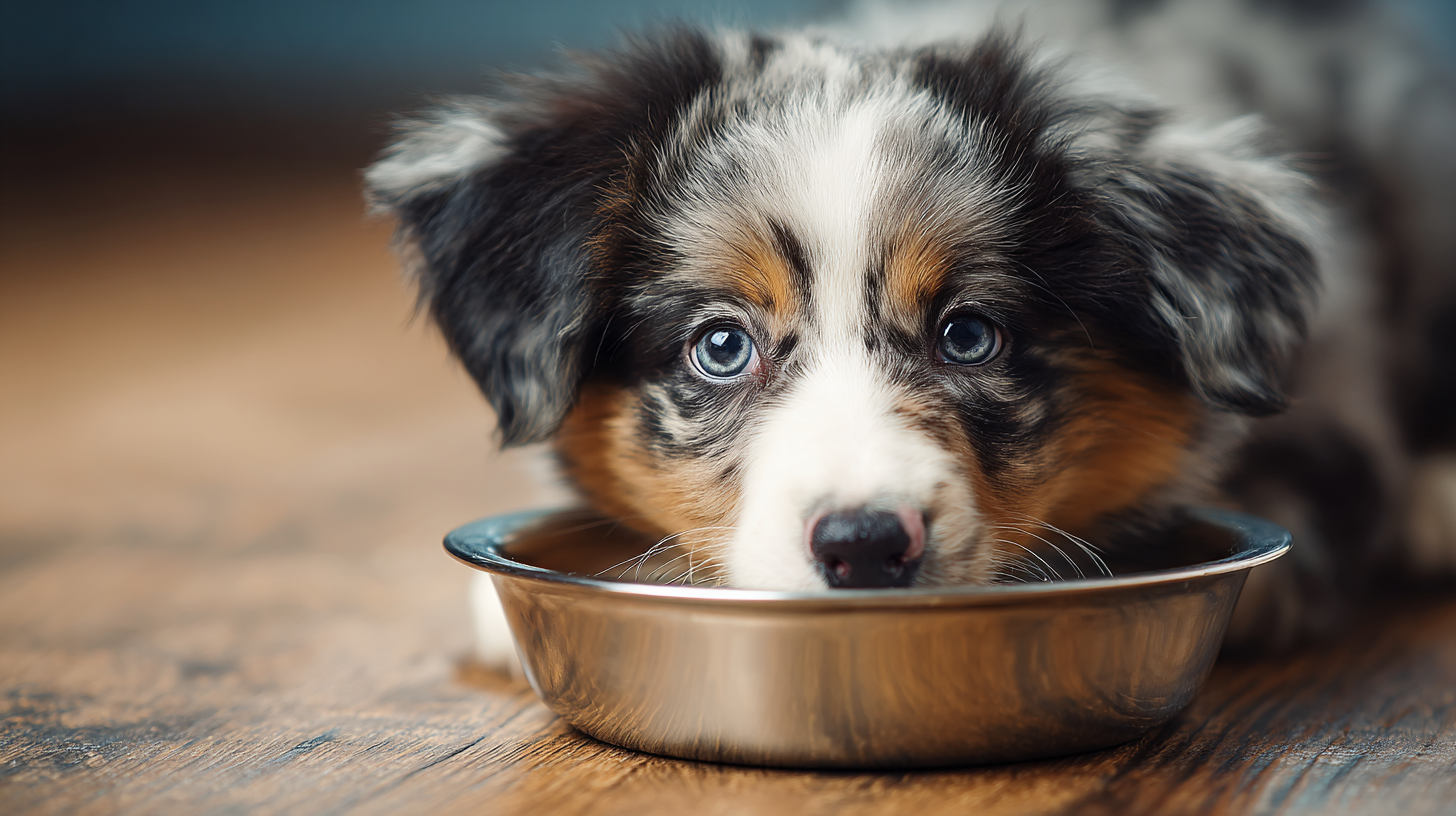
Veterinarians often recommend wet food for pets with specific health concerns such as obesity or sensitive stomachs. The right wet food can provide essential nutrients while helping to manage weight effectively, as they are typically formulated with lower calorie density yet high in protein and fiber. This combination supports gastrointestinal health and contributes to a healthier lifestyle overall. As pet nutrition continues to evolve, focusing on the benefits of wet food can lead to improved health outcomes for beloved companions.


